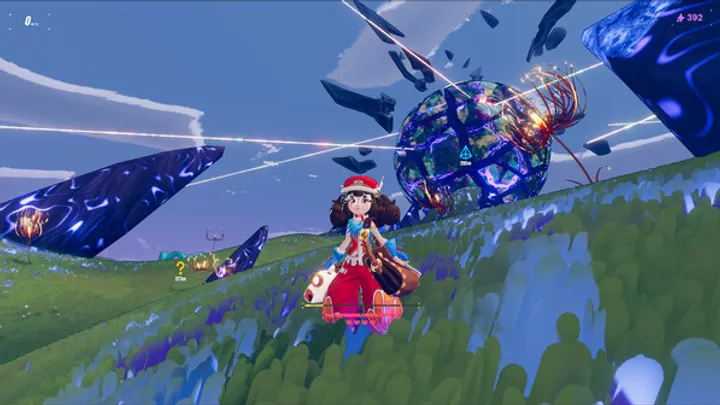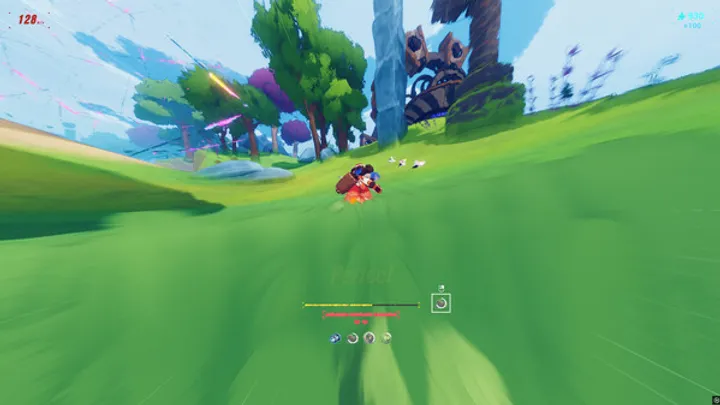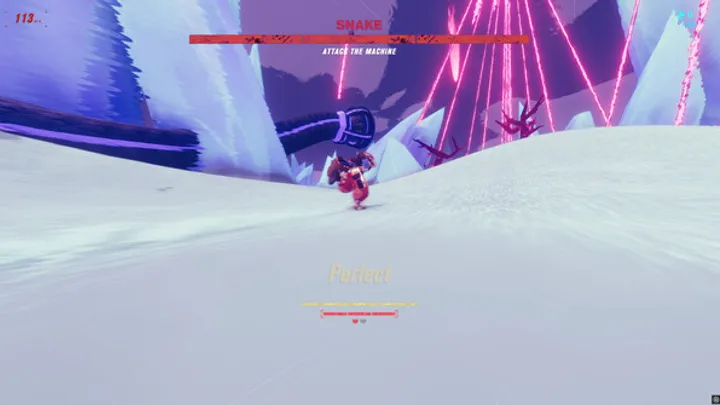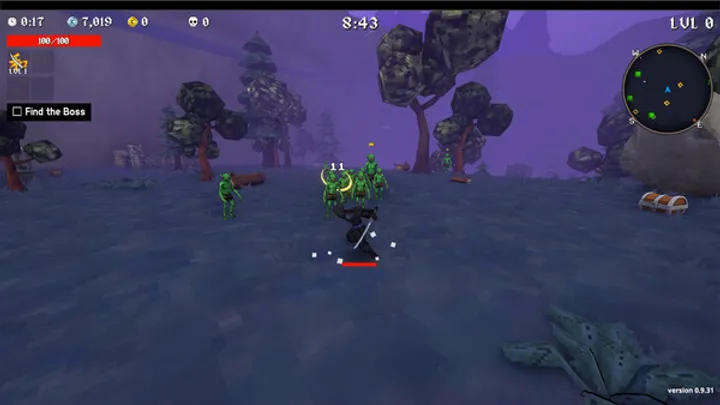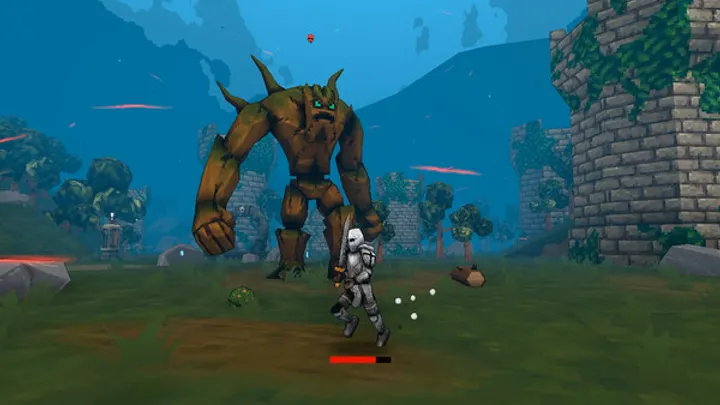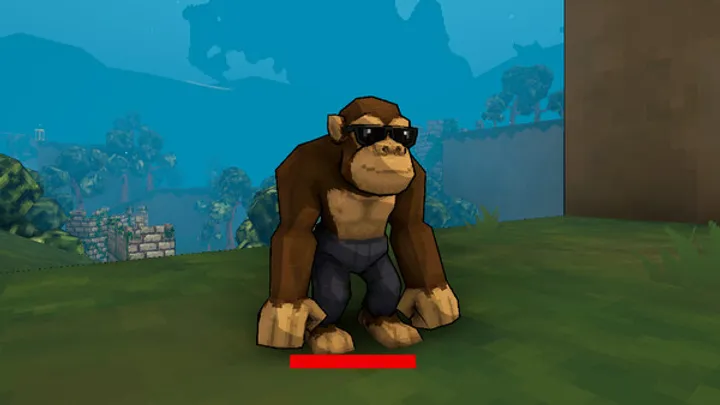JumpJet Rex looks like a lighthearted retro platformer — a jet-booted dinosaur racing through neon rings, dodging spikes, and saving the galaxy. Underneath that pixelated charm, however, lies one of the most fascinating and frustrating design paradoxes in modern indie gaming: the tension between high-speed freedom and precision control. The game’s physics system, which gives players near-instant acceleration and midair flexibility, simultaneously enables incredible skill expression and imposes a near-impossible demand for control.
This article examines that paradox in depth. Rather than a general overview of JumpJet Rex, it’s a deep exploration of its most defining and divisive design issue — the way its speed mechanics, physics engine, and level structure interact to create both exhilarating mastery and constant friction. We’ll trace how this issue emerges through each phase of the game: the tutorial’s false sense of ease, the midgame’s growing pressure, the time trials’ mechanical demands, and the late-game’s punishing perfectionism.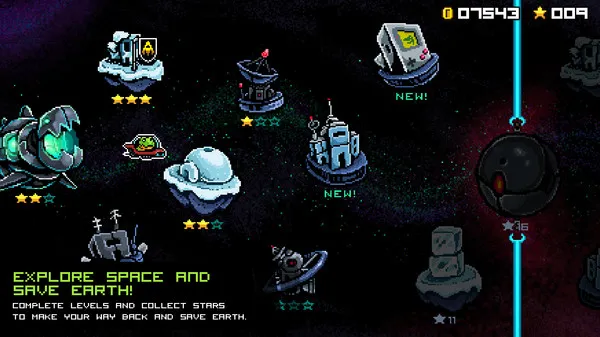
1. The Tutorial Mirage — When Ease Masks Depth
JumpJet Rex begins innocently. Players learn to tap “jump” to ignite tiny jet bursts that propel the dinosaur upward, downward, and sideways. The game introduces thrust, hover, and quick stops within seconds. At first, this feels empowering — unlike most platformers that rely on gravity-driven jumps, Rex’s jets promise total control.
The early tutorial environments are wide, forgiving, and devoid of serious obstacles. New players quickly learn that you can hover indefinitely, dash midair, and maneuver around any hazard. It’s a clever design: the tutorial makes players feel like experts long before they understand the physics math underneath.
— The False Comfort of Infinite Control
This sense of mastery is deceptive. JumpJet Rex’s jet physics are analog rather than digital — every microburst of thrust changes your momentum on a sliding scale. The player’s brain learns to “tap rhythmically” rather than just “press to jump.” It’s almost musical. Yet this analog control hides a trap: the player’s muscle memory becomes tied to rhythm, not precision. When the game demands micro-positioning later, that rhythm becomes a liability.
— The Subtle Setup for Frustration
By the end of the tutorial, players think they’ve mastered flight. In reality, they’ve built bad habits — over-thrusting, over-correcting, and assuming control will always save them. That illusion sets the stage for frustration later on.
2. The First Challenge — The Momentum Curve Appears
In early levels like “Asteroid Alley” and “Space Caverns,” the first cracks in control appear. The levels start mixing tight corridors, spiked walls, and rotating hazards. Suddenly, infinite thrust doesn’t feel like freedom; it feels like inertia.
Momentum in JumpJet Rex is cumulative — each microburst stacks on the previous velocity vector. When players overcompensate, they end up pinballing through the map. This is when players realize the game is not about flight — it’s about restraint.
— Momentum as Punishment
Every over-input carries consequences. Too much upward thrust and Rex drifts into spikes; too little, and gravity pulls him into lava. The design punishes impatience. Players must learn to feather the jets, letting go as often as they press.
— Emotional Transition: Confidence to Control
This is a key psychological pivot. The player’s joy in motion transforms into anxiety about overcorrection. The thrill of freedom gives way to a demand for discipline, reshaping the entire tone of the experience.
3. The Midgame Grind — Time Trials and the Tyranny of Perfection
By the midgame, the game unlocks its true challenge: time trials. Each level comes with three medals — bronze, silver, and gold — based on completion time. To progress toward the ending, gold or platinum ranks become mandatory for unlocking new worlds.
This is where JumpJet Rex’s core issue crystallizes. The game’s physics were designed for expressiveness, not precision. But time trials demand perfect precision. Players must chain dashes, minimize air friction, and anticipate momentum loss to frame-perfect timing.
— The Math of Motion
Speedrunners discovered that the game’s fastest routes exploit dash canceling — using downward jets to negate recoil and maintain forward speed. This was likely not intended for casual play. It turns JumpJet Rex into a high-precision rhythm game, where each button press is a frame-perfect input.
— Accessibility Gap
This precision physics design leaves a huge gap between casual and expert players. The same mechanic that feels “fun and floaty” early on becomes brutally punishing when measured in milliseconds. The learning curve spikes vertically.
4. The Death Spiral — When Mastery Breeds Failure
Paradoxically, the more skilled players become, the more fragile their control becomes. With perfect reflexes, Rex can thread through rings with surgical precision — but the smallest mistake magnifies exponentially. One bad dash means total run collapse.
This “death spiral” occurs because JumpJet Rex lacks input forgiveness. There’s no inertia dampening or slowdown buffer. Once velocity builds, the player’s inputs become twitchy. It feels like trying to steer a fighter jet through a straw.
— Fatigue Factor
The more time players spend mastering physics, the more physically exhausting the game becomes. Constant micro-inputs drain attention. Long time trials require full concentration, creating fatigue and frustration.
— The Flow State Problem
In most games, mastery creates flow — a sense of seamless connection between input and response. In JumpJet Rex, mastery instead creates tension. The more you control, the more you fear losing it. That’s the paradox of its design.
5. The Physics Engine — Friend and Foe
The underlying physics engine is what makes JumpJet Rex so fascinating — and so difficult. Every surface, obstacle, and jet output is governed by accurate momentum calculations. Unlike platformers that fake gravity with fixed jumps, JumpJet Rex simulates real movement curves.
This precision physics allows stunning moments — weaving through lasers, flipping through anti-gravity zones, and controlling midair arcs like a true pilot. But it also amplifies error. There’s no built-in correction for misalignment or small timing slips.
— Systemic Unforgiveness
The system doesn’t lie or cheat — it just is. When you hit a wall, it’s because your input timing was off by milliseconds. That realism makes the game feel fair but relentlessly punishing.
— The Designer’s Dilemma
Developers faced a trade-off: simplify the physics to improve accessibility, or preserve realism at the cost of frustration. They chose purity — an admirable but divisive decision that defines the game’s legacy.
6. Level Design Under Pressure — Geometry as the Real Enemy
Every great platformer balances movement mechanics with environmental readability. JumpJet Rex, however, pushes this to an extreme. Late-game levels combine tight corridors with pixel-perfect rings, demanding total memorization and mechanical precision.
— Visual Clarity vs. Cognitive Overload
The retro neon aesthetic, while stylish, often hides depth cues. Players struggle to distinguish foreground from background, especially during fast motion. This makes already-punishing levels visually chaotic.
— Environmental Flow
Unlike Mario or Celeste, which design around a flow of movement, JumpJet Rex’s levels often interrupt flow. You must constantly stop, pivot, and redirect momentum. That tension between speed and stop creates fatigue but also defines the game’s identity.
7. Multiplayer Madness — Cooperative Chaos
JumpJet Rex includes a local co-op mode, which at first seems like comic relief. Two players jetting through rings together should be fun — but the underlying control issues become magnified in multiplayer chaos.
— Collision Catastrophe
Since both players share the same physical environment, collisions and desyncs can disrupt rhythm. One player’s overcorrection can send both into hazards. Cooperation requires synchronized timing like a dance.
— The Comedy of Errors
Yet, this chaos is also part of the fun. Multiplayer turns precision frustration into laughter. The same physics that cause solo players to rage inspire group hilarity. The game’s “flaws” become features when shared.
8. Speedrunning and the Emergent Meta
Despite — or perhaps because of — its punishing design, JumpJet Rex has cultivated a passionate speedrunning community. Players dissect physics at a scientific level, discovering glitches and micro-optimizations that transform the game.
— Techniques Discovered
- Dash Cancelling: Cancels jet recoil for smoother speed.
- Momentum Preservation: Maintaining speed by hovering instead of dashing.
- Skip Exploits: Using ring triggers from offscreen to bypass areas.
— Community Response
Speedrunners turned frustration into mastery. The game’s lack of balance ironically made it more rewarding for competitive players. The skill ceiling became infinite — a hallmark of enduring design depth.
9. Emotional Design — Frustration as a Feature
Most platformers try to minimize frustration; JumpJet Rex embraces it. The tension between freedom and control mirrors the human desire to master chaos. The more players fail, the more meaningful success becomes.
— Constructive Suffering
Each death reinforces mechanical awareness. Over time, players internalize the physics like second nature. The suffering isn’t arbitrary — it’s educational.
— Reward Loop
When mastery finally clicks, the satisfaction is profound. Executing a perfect ring sequence after hundreds of attempts is transcendental. The pain makes the pleasure sharper, proving that frustration can be powerful when paired with fairness.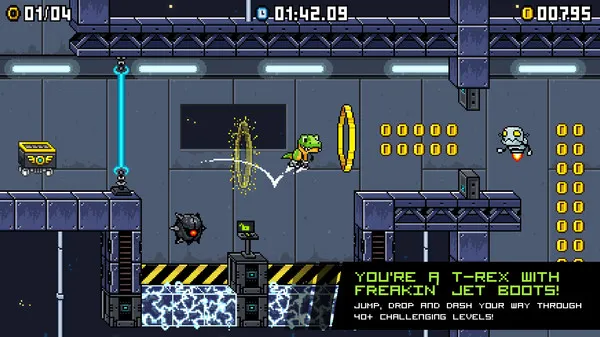
10. The Legacy of Precision — Lessons for Game Design
JumpJet Rex remains one of the best examples of how a single design decision — physics realism — can define an entire game’s emotional arc. Its difficulty doesn’t come from enemies or randomness but from the player’s own limitations.
— Lessons for Developers
- Balance Analog and Digital Input: Too much sensitivity alienates casual players.
- Respect Momentum Psychology: Freedom should scale with readability.
- Design for Flow: Reward precision without constant punishment.
— Lessons for Players
Mastery in JumpJet Rex teaches transferable skills: patience, timing, and spatial awareness. It’s a meditation on control, disguised as a cartoon dinosaur platformer.
Conclusion
JumpJet Rex’s central issue — the paradox of speed and precision — is what makes it both brilliant and brutal. Its physics system gives players the wings of a god but demands the discipline of a monk. The game doesn’t reward aggression or improvisation; it rewards patience, rhythm, and the humility to fail a thousand times before achieving perfection.
In embracing that paradox, JumpJet Rex transcends its genre. It becomes a case study in how design purity can create both frustration and artistry. It’s not a game about flying fast; it’s a game about learning how to fly right.











